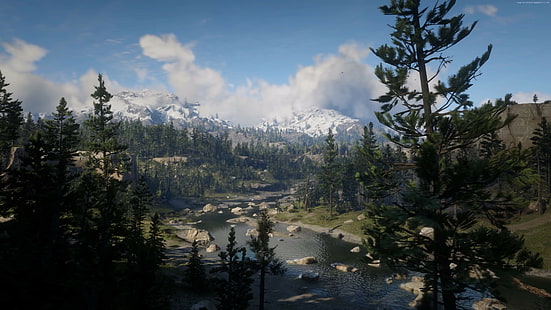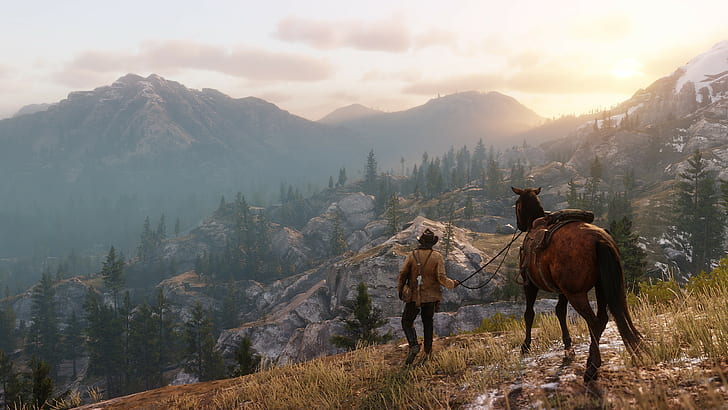Inside Look at the Team Behind RDR2
 Max Comperatore
Max Comperatore
In this blog post, we delve into the composition of the development team behind Red Dead Redemption 2, examining roles, seniority, and departmental structures. For comprehensive details, visit: Rockstar Games Red Dead Online Thank You Page.
For more insights and resources on programming and game development, visit my website at maxcomperatore.com.
Key Takeaways
Overall Workforce Reduction: The RDR2 development team was approximately 937 people smaller than the GTA V team, marking a 17% decrease. Total personnel for RDR2 was 4,741 compared to 5,678 for GTA V.
Department Composition: RDR2 featured a higher proportion of artists relative to testers compared to GTA V.
Testing Focus: The majority of testers for RDR2 were based in Rockstar India.
Studio Size: Rockstar Dundee is the smallest studio in terms of workforce.
Localization: On average, there are 10.4 localizers per language.
Associate-Junior Ratio: The ratio of Associates to Juniors stands at 469:13.
Leadership Structure: There are more Vice Presidents than Junior staff, with each QA Lead managing 7-10 testers and one Director overseeing every five Seniors.
For a detailed view of the data, access the spreadsheet here: Development Team Breakdown Spreadsheet.
Note: While this data has been carefully reviewed, some inaccuracies may still be present. It includes contractors and other roles, but it may not capture every individual detail. Enjoy the insights!


What aspect of the RDR2 development team structure surprised you the most? Share your thoughts in the comments below!
Thank you for reading, and I look forward to your insights. Until next time!
Subscribe to my newsletter
Read articles from Max Comperatore directly inside your inbox. Subscribe to the newsletter, and don't miss out.
Written by







